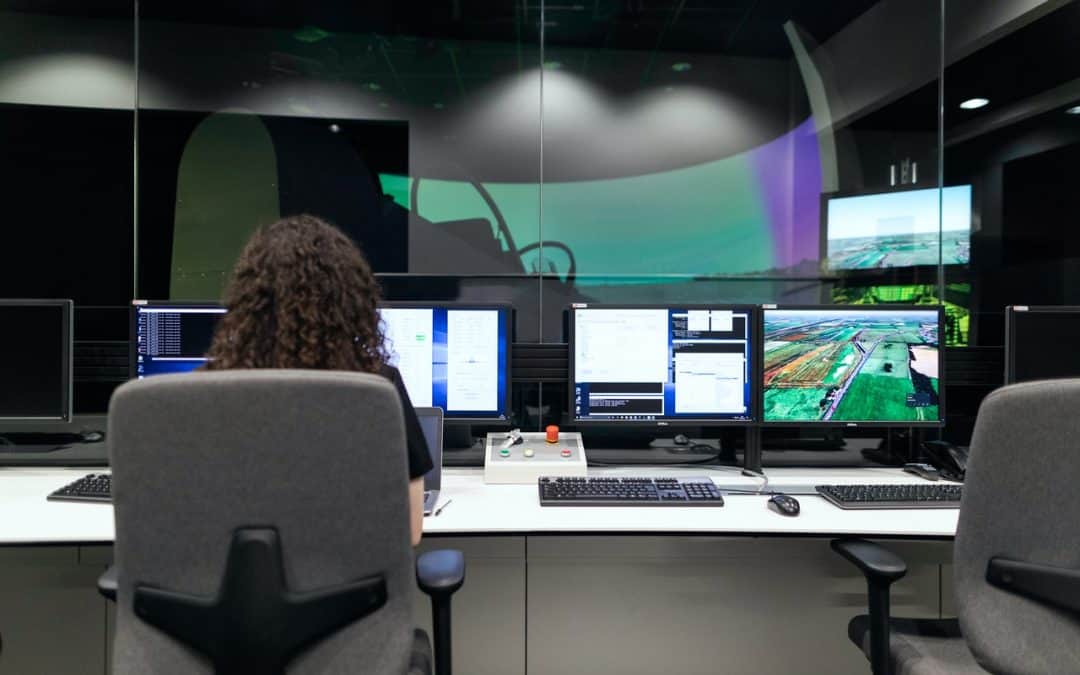The world seems to thrive on new technology that keeps it moving quicker, leaner and better than before. This is especially true when it comes to the way we work, and some experts have warned of a total artificial intelligence takeover. Although machines have already alleviated many of the responsibilities previously assigned to human workers, I personally believe there will always be a need for real living and breathing human beings. At least as of now, there are simply somethings that computers can’t do.
Nonetheless, taking a closer look at how AI and humans can work together is something that most companies will have to address sooner or later because even if it’s not going to happen today or tomorrow, your workforce is already thinking about it.
Here are eight ways to protect your employees while adopting AI and new technologies.
1. Shift Employee Focus
While some jobs are ideally suited for AI labor, others are not. A company may want to utilize AI for tasks such as precision machine work on a large scale or running through large amounts of data, but other areas are much better suited for human employees. Shift the focus of employee labor to areas such as customer relations, jobs involving judgement and making executive decisions, service-oriented positions, marketing and aesthetic design.
2. Use AI As the Vehicle. Let Employees Be the Driver
It may seem like AI technology has advanced so much that you can flip a switch and leave everything in its (virtual) hands without having to bother with human workers anymore. This does not need to be an either/or proposition. Instead, it can be a best of both. By using AI as a tool that accelerates and magnifies the talents of employees, the results can truly be a sum greater than its parts. Employees can guide AI towards unexplored territories and inject creativity into a digital platform.
3. Consider the Future
AI can enhance operations for a business, but there is an endpoint at which there will be diminishing returns if the company becomes completely dependent on it. While it may be nice to imagine an international company run automatically with no need for human labor (actually this is getting into disturbing dystopian territory), at some point the AI will not be able to progress any further. It will take human innovation, creativity, and intelligence to maintain momentum and aim for ever higher goals.
4. Ethics Board
While business ethics are a vital part of almost all reputable companies, it might be hard to imagine an ethics panel making decisions regarding artificial intelligence and business. The fact is, as things stand now, AI is quickly becoming a part of business and there is real potential of a large portion of the work force being displaced. Establishing sound policies now will help to ensure that the concept of employee protection is entrenched in the modern business model and workers are not simply considered to be obsolete.
5. Privacy Protection
AI is a very powerful tool, but there should be safeguards in place to protect employees and
their personal data from being used inappropriately, either intentionally or by accident. Any personally identifiable information, including financial, medical, or biometric data could possibly be abused or leaked by the AI program, and there should be strong limits in place in terms of what information the AI can access and to whom it can share.
6. Education
While AI can bring about many opportunities and benefits, many workers may be at risk of being left behind during the age of technology. Companies should implement a policy of continual education to make sure that their employee’s skills are kept current, and they can work with AI instead of being replaced by it.
7. Gradual AI Introduction
Instead of inflicting the growing pains of a sudden introduction of AI and operational change that happens in fits and starts, help to prepare the business and the workers for the new systems in advance. Start with a lot of training. Begin with a class or web-based learning, then move on to hands-on training once the new programs are available. Gradual integration will help both the employees and the business keep operations running without interruption.
8. Cooperative Circle of Mutual Support
While much of the focus of discussions concerning AI in the workplace is on how AI will replace workers, this is not the only potential outcome. While workers can surely help to facilitate AI and use it to enhance business, AI may also be used to help workers. The main function of many AI programs is finding solutions to problems. AI can be used to coordinate labor in a way that is more efficient and productive, while also helping workers thrive and prosper. The AI-worker relationship is not necessarily adversarial.
The Takeaway
Will robots ever be in charge 100% of the time and replace the need for human employees? Whatever you believe, two things are certain. First, AI will at a minimum reduce the human workforce significantly, just as it already has done. Second, the conversation will keep coming up and humans will need to pivot and rely on soft skills that machines will never be able to master. The perfect scenario, I believe, will be a harmonious relationship between humans and machines.


